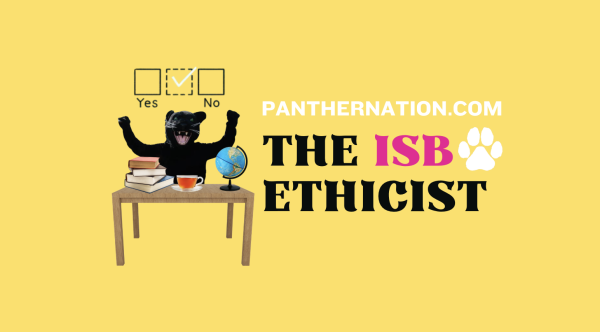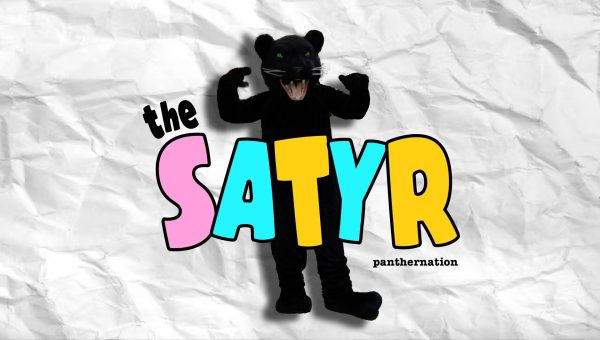How do Social Media Apps face Fake News and is it Enough?
 Fake news has taken over lots of social media apps and websites, including Facebook, Twitter, and Instagram.
Fake news has taken over lots of social media apps and websites, including Facebook, Twitter, and Instagram.

False news is harmful to the social media community, manipulating and mind washing viewers into believing something that isn’t true. It can cause problems and unnecessary disputes because some people believe the fake news. Facebook has taken initiative and started blocking out as much fake news as possible, especially regarding presidential elections in the United States. There is so much more to social media than Facebook. Lots of teens and young adults use apps such as Snapchat, Instagram, Twitter, Tik Tok, Youtube, and more. All popular apps that people use should take initiative to block out fake news to prevent misunderstandings around the world.
So why should all apps block out fake news? The problem of fake news is becoming bigger and bigger. There are public groups, and page networks coordinating around fake news and false claims over electoral fraud in the United States. Then the ‘stop the steal’ hashtag came out, spreading to hundreds of thousands of viewers per day. This caused lots of people to believe there was an electoral fraud happening, shifting people’s mindset on who to vote for.
“The 2020 election demonstrated that disinformation is here to stay, and has the potential to play a dangerous role in U.S. politics. But while fake news in 2016 was about foreign interference in domestic elections, 2020 showed us that social media can be a platform for domestic actors to spread lies and conspiracy theories’’ (Department of Government Cornell Arts & Sciences) said Alexandra Cirone, professor at Cornell University teaching about post-truth politics.

Facebook has taken action to block out fake news regarding electoral fraud and other fake news topics. Facebook has partnered up with credible sources to make sure that all news being posted on the app, is true. They have significantly reduced the spread of fake news showing it in fewer news feeds.

Along with Facebook, Twitter has also taken action. They are asking for their users to help with this problem, letting them flag posts that contain misinformation. “Twitter says this new approach could help it respond more quickly when misleading information spreads,” says BBC news. As great as this new system sounds, Twitter still has more than 10 million tweets from 700,000 Twitter accounts that linked to more than 600 fake and conspiracy news sites. Lots of the fake news users are bots. This is concerning because they are robots that were designed by humans, to create fake news to mind wash people into believing something that isn’t true. It is scary and it is a problem.
Facebook has tackled the fake news problem but it is not enough. All apps should block out and reduce fake news. Instagram has started teaming up with third-party fact-checkers to identify, review and label false news. Day by day, this team is slowly growing and expanding to fact-check Instagram posts from all over the world. But is it enough? Out of the 10 people I have asked if they still see fake news on Instagram 9/10 people said yes they see fake news mostly on meme accounts. This means to show if the background checks are actually working… which they are not.
Snapchat has maintained this problem, avoiding fake news all in all. Ads that are shown on the app are reviewed. Since the app is mostly emphasizing human oversight, fake news hasn’t really grown. But, some people on Snapchat do post fake claims on their stories. Snapchat currently cannot do anything about this for consumers’ privacy reasons but continues to find ethical solutions.
All these apps are taking initiative into protecting their users from fake news, but the background checks and the actions the apps are taking against this problem is not enough. Beware to not believe everything being posted on social media apps, because some information may not be true. Fact check with a credible source. Social media apps should take more action against fake news.
Works Cited
“Combatting Misinformation on Instagram.” Instagram, about.instagram.com/blog/announcements/combatting-misinformation-on-instagram.
“Community Standards.” Facebook, www.facebook.com/communitystandards/false_news.
Clayton, James. “Twitter Pilot to Let Users Flag ‘False’ Content.” BBC News, BBC, 26 Jan. 2021, www.bbc.com/news/technology-55806002.
“Disinformation, ‘Fake News’ and Influence Campaigns on Twitter.” Knight Foundation, knightfoundation.org/features/misinfo/.
“Facebook, Twitter Face Senate: Will They Stop Fake-News Avalanche?” Department of Government Cornell Arts & Sciences, 16 Nov. 2020, government.cornell.edu/news/facebook-twitter-face-senate-will-they-stop-fake-news-avalanche.
Ng, Gabriel. “Snapchat Addresses the ‘Fake News’ Problem.” NYU Stern Center for Business and Human Rights, NYU Stern Center for Business and Human Rights, 12 June 2019, bhr.stern.nyu.edu/blogs/2019/1/29/snapchat-addresses-the-fake-news-problem.
“Working to Stop Misinformation and False News.” Working to Stop Misinformation and False News | Facebook Media, www.facebook.com/formedia/blog/working-to-stop-misinformation-and-false-news.




